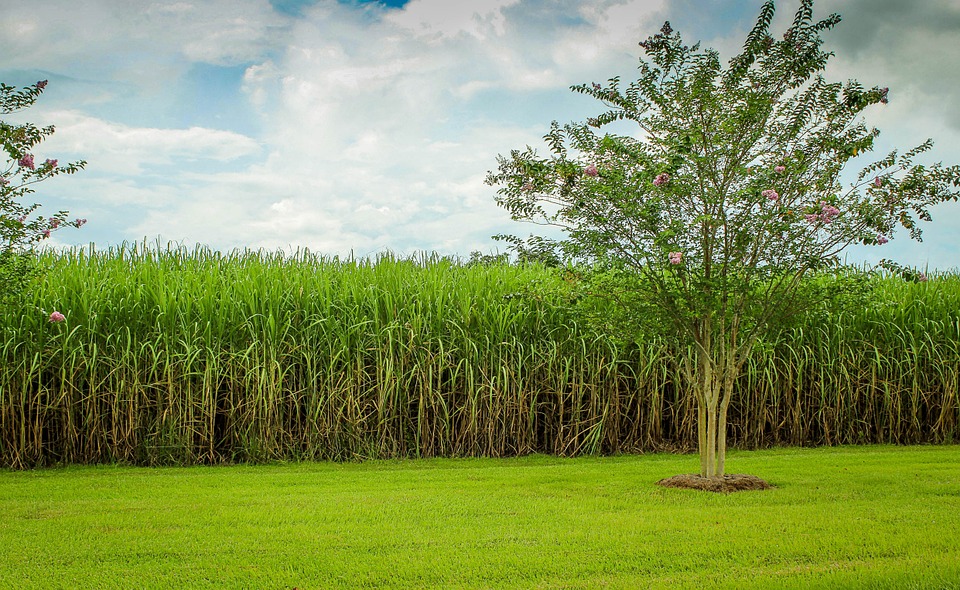Shoot multiplication, elongation and rooting in vitro of clones of sugarcane under different concentrations of 6-benzylaminopurine and gibberellic acid
DOI:
https://doi.org/10.20873/jbb.uft.cemaf.v5n1.alcantaraKeywords:
Saccharum L., micropropagation, meristems, seedling productionAbstract
The culture of meristems allows obtaining plant sugarcane healthy with genetic stability and enables the production of a large number of seedlings during the year. The aim of this work was to establish suitable conditions for seedling production in vitro by meristems of three potential clones sugarcane (RB036091, RB036152 and RB036066). The multiplication and elongation of shoot buds were evaluated. The BAP (0, 0.444, 0.888 and 1.776 mM) was added in the medium for multiplication of shoot buds and GA3 (0, 0.3 and 0.6 mM) for elongation of shoot buds. Presence of BAP in the medium had an inhibitory influence on shoot buds height. The BAP in the medium promoted the tillering for the three clones. The GA3 increased the height of shoots for clones RB036152 and RB036066. The GA3 promoted the formation of a greater plant, however, fewer roots were formed for all clones tested. It was concluded that the concentration of 0.444 mM BAP promotes the multiplication of clones RB036091, RB036066 and RB036052. The clone RB036091 showed the higher multiplication rate. The GA3 promotes the elongation of the seedlings for clones RB036152 and RB036066.

Published
How to Cite
Issue
Section
License
Copyright (c) 2024 - Journal of Biotechnology and Biodiversity

This work is licensed under a Creative Commons Attribution 4.0 International License.
Authors who publish with this journal agree to the following terms:
Authors retain copyright and grant the journal right of first publication with the work simultaneously licensed under a Creative Commons Attribution License (CC BY 4.0 at http://creativecommons.org/licenses/by/4.0/) that allows others to share the work with an acknowledgement of the work's authorship and initial publication in this journal.
Authors are able to enter into separate, additional contractual arrangements for the non-exclusive distribution of the journal's published version of the work (e.g., post it to an institutional repository or publish it in a book), with an acknowledgement of its initial publication in this journal.
Authors are permitted and encouraged to post their work online (e.g. in institutional repositories or on their website) prior to and during the submission process, as it can lead to productive exchanges, as well as earlier and greater citation of published work (Available at The Effect of Open Access, at http://opcit.eprints.org/oacitation-biblio.html).


